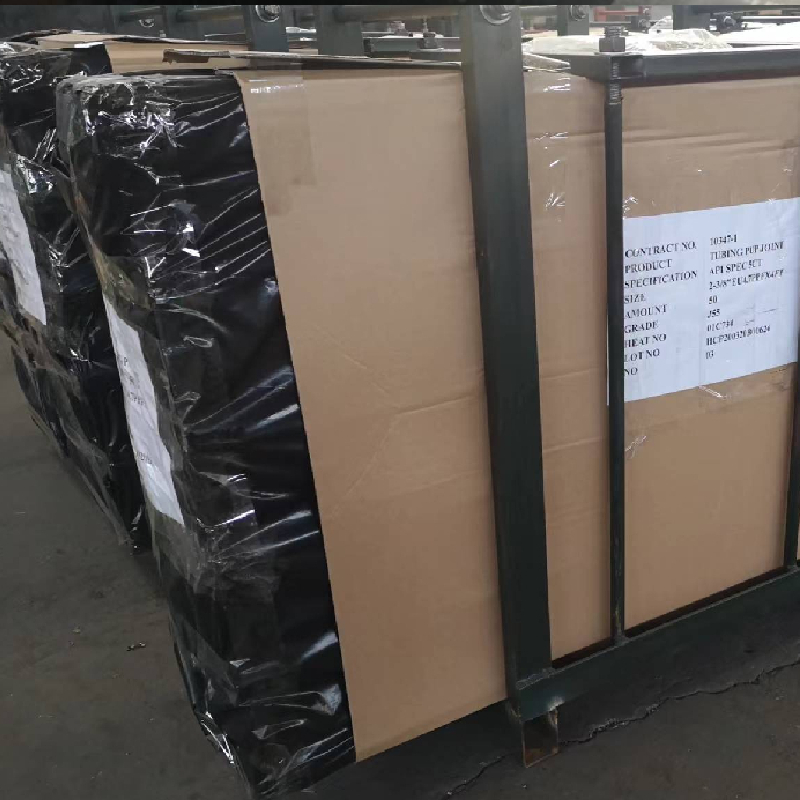- Afrikaans
- Albanian
- Amharic
- Arabic
- Armenian
- Azerbaijani
- Basque
- Belarusian
- Bengali
- Bosnian
- Bulgarian
- Catalan
- Cebuano
- Corsican
- Croatian
- Czech
- Danish
- Dutch
- English
- Esperanto
- Estonian
- Finnish
- French
- Frisian
- Galician
- Georgian
- German
- Greek
- Gujarati
- Haitian Creole
- hausa
- hawaiian
- Hebrew
- Hindi
- Miao
- Hungarian
- Icelandic
- igbo
- Indonesian
- irish
- Italian
- Japanese
- Javanese
- Kannada
- kazakh
- Khmer
- Rwandese
- Korean
- Kurdish
- Kyrgyz
- Lao
- Latin
- Latvian
- Lithuanian
- Luxembourgish
- Macedonian
- Malgashi
- Malay
- Malayalam
- Maltese
- Maori
- Marathi
- Mongolian
- Myanmar
- Nepali
- Norwegian
- Norwegian
- Occitan
- Pashto
- Persian
- Polish
- Portuguese
- Punjabi
- Romanian
- Russian
- Samoan
- Scottish Gaelic
- Serbian
- Sesotho
- Shona
- Sindhi
- Sinhala
- Slovak
- Slovenian
- Somali
- Spanish
- Sundanese
- Swahili
- Swedish
- Tagalog
- Tajik
- Tamil
- Tatar
- Telugu
- Thai
- Turkish
- Turkmen
- Ukrainian
- Urdu
- Uighur
- Uzbek
- Vietnamese
- Welsh
- Bantu
- Yiddish
- Yoruba
- Zulu
Understanding Casing and Tubing Connection Techniques in Oil and Gas Industry
Casing and Tubing Connections An Overview
In the oil and gas industry, the extraction of hydrocarbons from the earth requires a multitude of sophisticated technologies and techniques. Among these, casing and tubing connections stand out as critical components in the drilling and production processes. These connections are essential for the integrity and safety of a well, playing a pivotal role in maintaining pressure, preventing leaks, and ensuring efficient fluid flow.
Understanding Casing and Tubing
Before delving into connections, it's important to understand the terms casing and tubing. Casing refers to the series of steel pipes that are installed in the borehole after drilling to stabilize the well and prevent it from collapsing. It is typically cemented in place to create a barrier between the wellbore and the surrounding geological formations. The casing ensures the protection of freshwater aquifers from contamination by hydrocarbons and provides structural integrity to the well.
On the other hand, tubing is the pipe through which oil or gas flows from the reservoir to the surface production facilities. Tubing is installed inside the casing and can be removed for maintenance or replacement without disturbing the casing. The design and selection of tubing are critical, as they must endure the pressures and corrosive environments found in oil and gas wells.
Types of Connections
The strength and reliability of casing and tubing connections are paramount; they must withstand high pressures, temperature changes, and various environmental factors
. Various connection types have been developed over the years, including threaded, welded, and adapter connections.1. Threaded Connections These are the most common type of connection for casing and tubing. The ends of the pipes are machined with specific threads that fit tightly together. The advantage of threaded connections is their simplicity and ease of assembly. However, they require careful handling during installation to prevent damage to the threads, which can lead to leaks.
casing and tubing connections

2. Welded Connections In welded connections, the ends of the pipes are fused together using welding techniques. This type of connection offers a higher level of strength and can provide a more hermetic seal than threaded connections. Nevertheless, welding requires specialized equipment and skilled labor, making it more costly and time-consuming.
3. Adapter Connections Adapter connections are used when different sizes or types of casing or tubing need to be joined. They often involve a coupling that accommodates variations in pipe diameters or threading standards. While they provide versatility, careful design is necessary to avoid stress concentrations that can lead to failure.
Challenges and Innovations
Maintaining the integrity of casing and tubing connections is not without challenges. Corrosion, improper installation, and material fatigue can all contribute to connection failures, which may lead to costly repairs and environmental hazards. As such, the industry continually seeks advancements in connection design and materials.
Innovations such as enhanced corrosion-resistant alloys, advanced polymers, and smart technologies for monitoring connection integrity are being explored. These developments aim not only to improve reliability but also to reduce the operational costs associated with well maintenance.
Conclusion
In conclusion, casing and tubing connections are vital components of the oil and gas extraction process. Understanding their types, applications, and the challenges they face is crucial for ensuring well integrity and safety. As technology continues to advance, the industry will likely see even more robust and efficient connection solutions, paving the way for safer and more sustainable hydrocarbon extraction.
-
Tubing Pup Joints: Essential Components for Oil and Gas OperationsNewsJul.10,2025
-
Pup Joints: Essential Components for Reliable Drilling OperationsNewsJul.10,2025
-
Pipe Couplings: Connecting Your World EfficientlyNewsJul.10,2025
-
Mastering Oilfield Operations with Quality Tubing and CasingNewsJul.10,2025
-
High-Quality Casing Couplings for Every NeedNewsJul.10,2025
-
Boost Your Drilling Efficiency with Premium Crossover Tools & Seating NipplesNewsJul.10,2025







